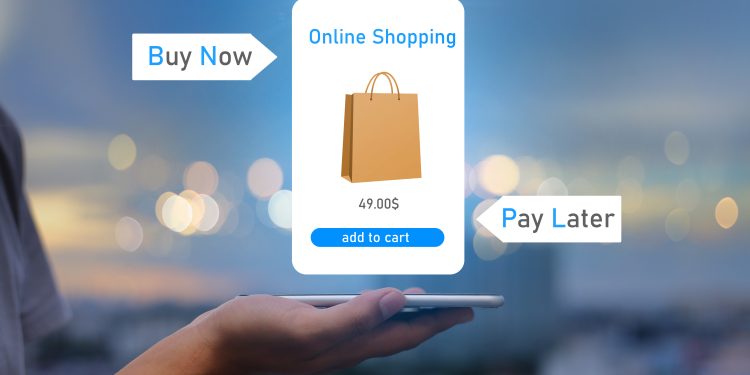U.S. consumers with lower credit scores and greater unfulfilled credit needs make up a significantly disproportionate share of buy now, pay later (BNPL) users, according to data from the Federal Bank of New York.
Although lower-income consumers are less likely to be offered BNPL services, usage was highest among those who had a credit score under 620.
What’s more, 37% of respondents surveyed said they used BNPL services, despite being delinquent in their payments at some point last year. And 41% of respondents reported using BNPL services after having a credit application rejected in the past year.
BNPL Boosts Financial Inclusion, but with Risk
BNPL has enjoyed steady growth worldwide, however, increased adoption has also come with increased risk.
Separate data from TransUnion mirrors the Federal Bank of New York’s findings. Its research also found that consumers who are financially struggling are more likely to use BNPL services. Indeed, 20% of BNPL users polled said they end up racking up their current credit card debt by more than 50% as a result.
Overall, both studies highlight how financially vulnerable consumers are increasingly leaning on interest free loans in an effort to better manage their finances. However, the danger lies in credit overextension, leading to unmanageable debt accumulation—burdening an already struggling segment of the population. As consumers veer further in debt, the ability to pay back BNPL payments gets harder.
“This research substantiates the claim that BNPL lenders are an attractive option for higher risk lending segments,” said Ben Danner, Senior Analyst of Credit and Commercial at Javelin Strategy & Research. “If BNPL vendors have built their books on a portfolio of high-risk loans, an economic downturn could lead to significant rates of delinquencies and charge offs. BNPL vendors may need to tighten their underwriting to prepare for the pending recession.”














